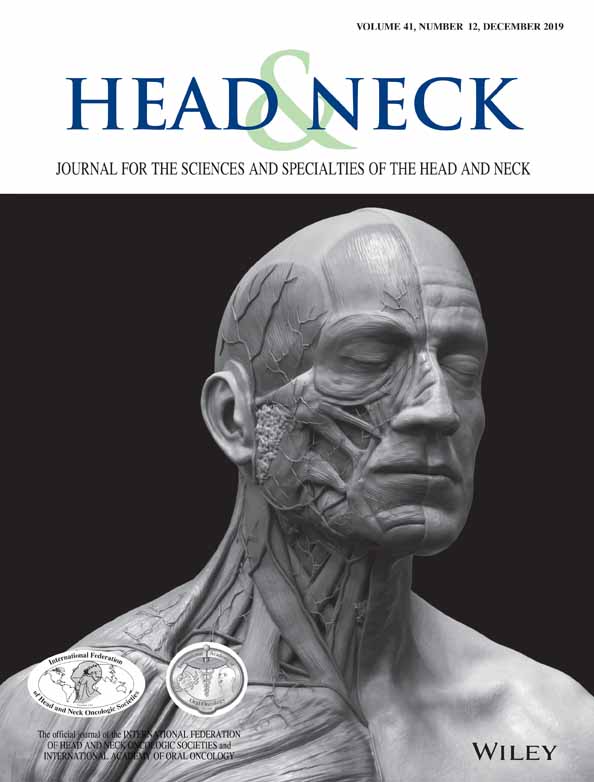Factors predisposing to the development of orocutaneous fistula following surgery for oral cancer: Experience from a tertiary cancer center
Abstract
Background
Orocutaneous fistula (OCF) is one of the frequently encountered postoperative complications following surgery for oral cancer, leading to prolonged hospital stay and delay in the initiation of adjuvant therapy.
Methods
We included all patients with oral cancer operated between January 2016 to December 2017 and at risk to develop an OCF. We assessed the incidence of OCF, its management, and factors predisposing to its development.
Results
Of 587 eligible patients, 9% developed OCF. On univariate and multivariate analysis, patients undergoing bilateral neck dissection or with surgical site infection (SSI) (P < .001) were at maximum risk. On univariate analysis, the incidence was higher following resections for tongue-floor of mouth sub site (P = .002), irrespective of the type of flap used for reconstruction. Majority (57%) required surgical intervention for management.
Conclusion
The presence of SSI and performing bilateral neck dissection posed the maximum risk for developing OCF in patients undergoing surgery for oral cancer.




